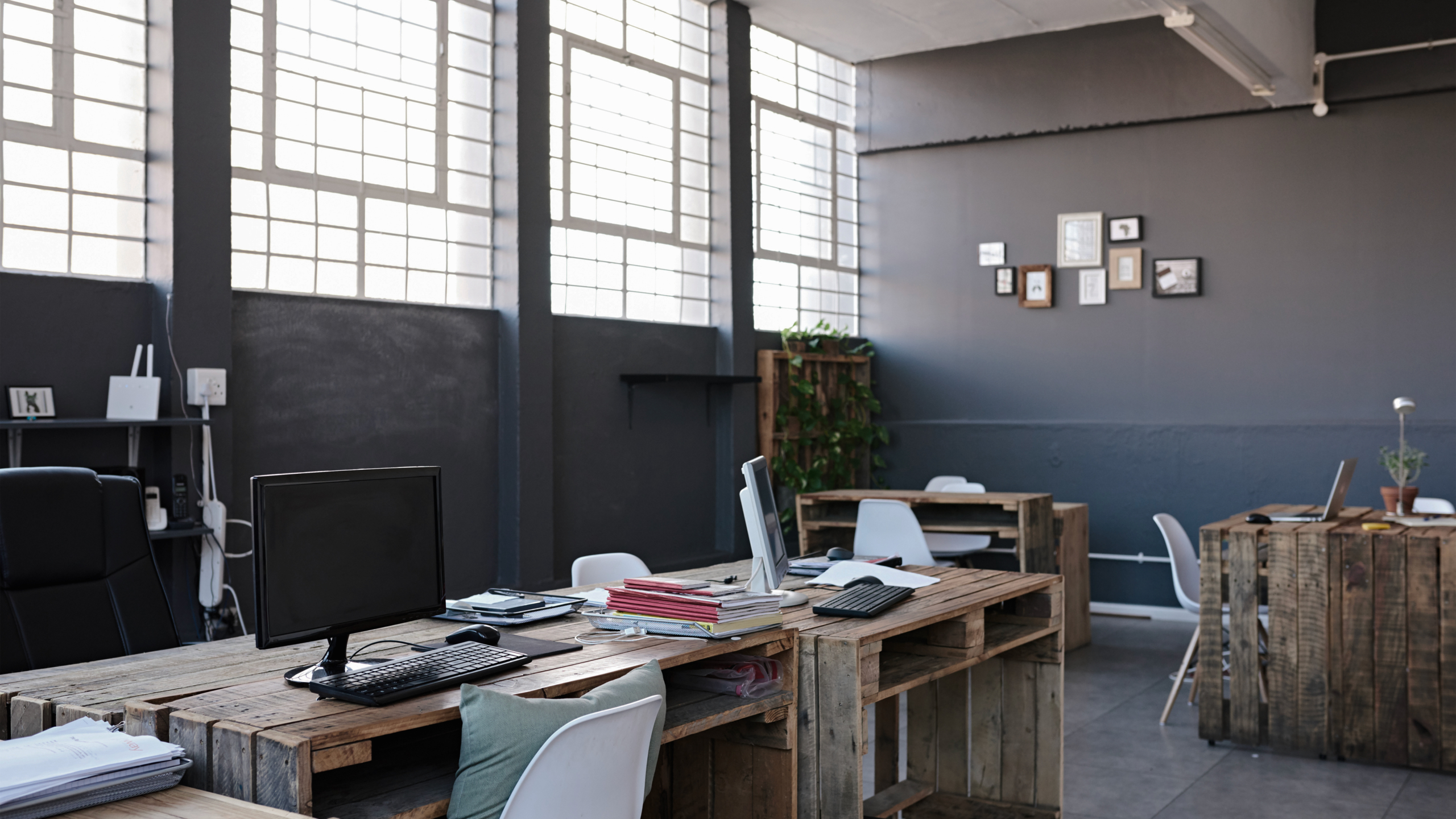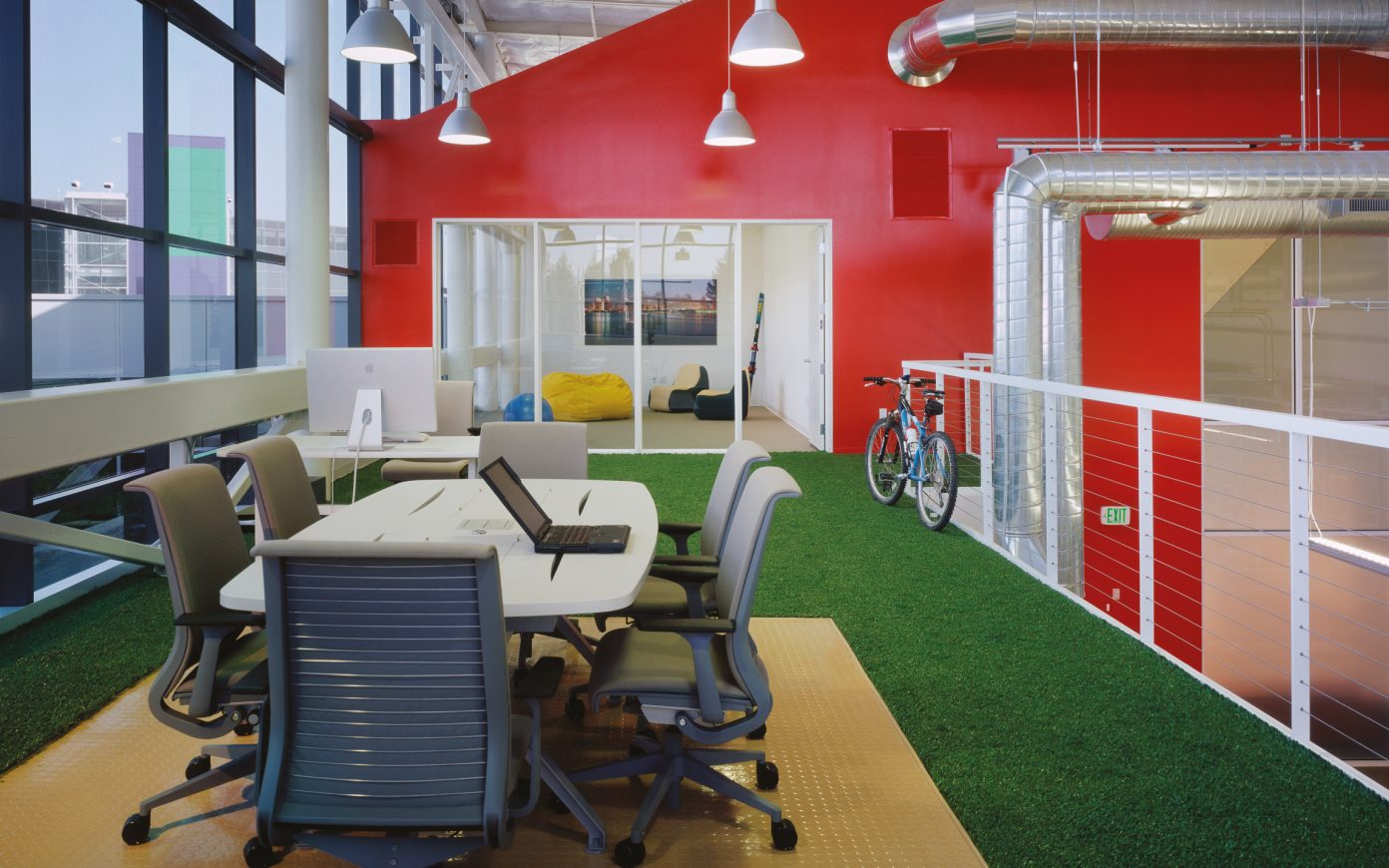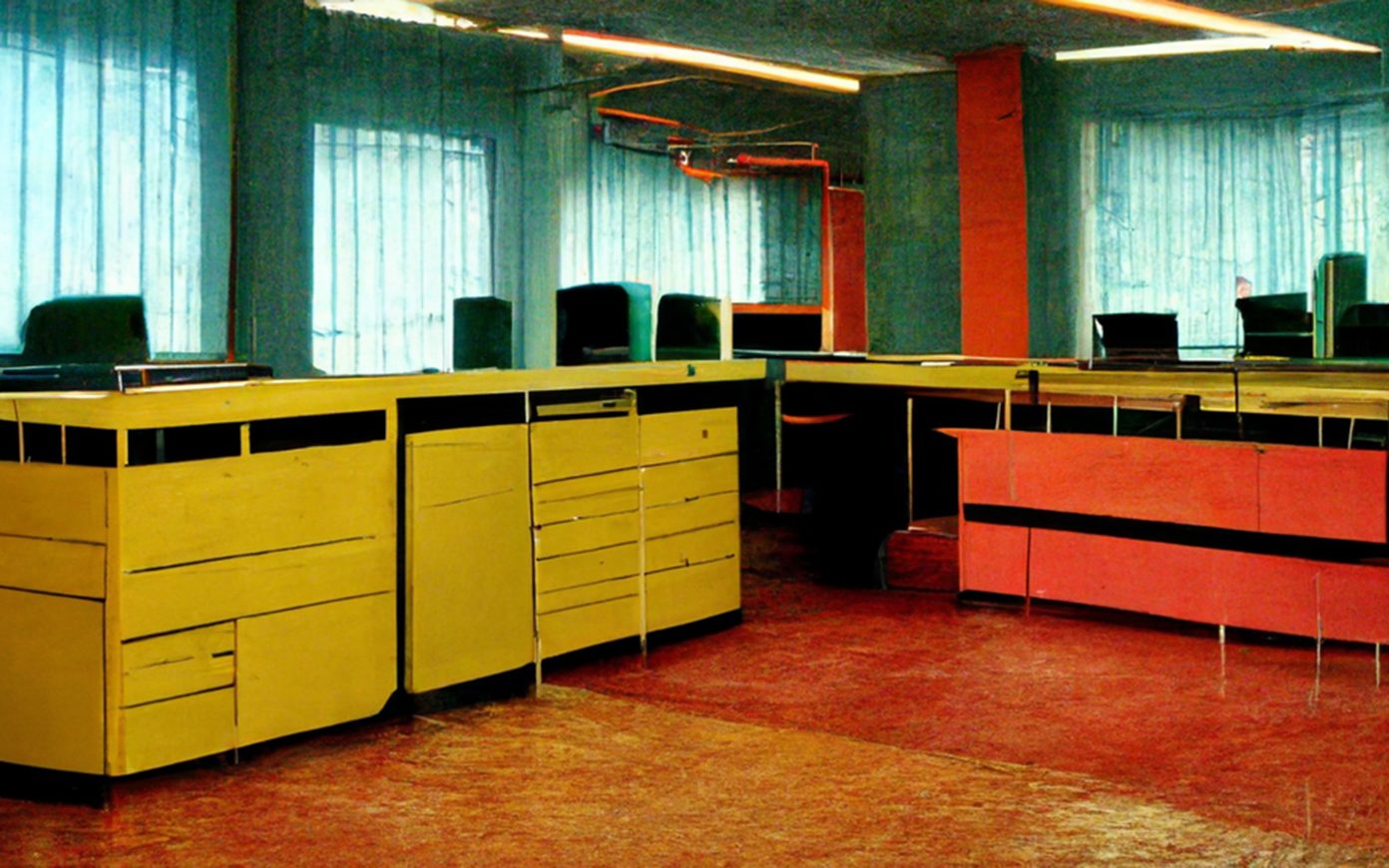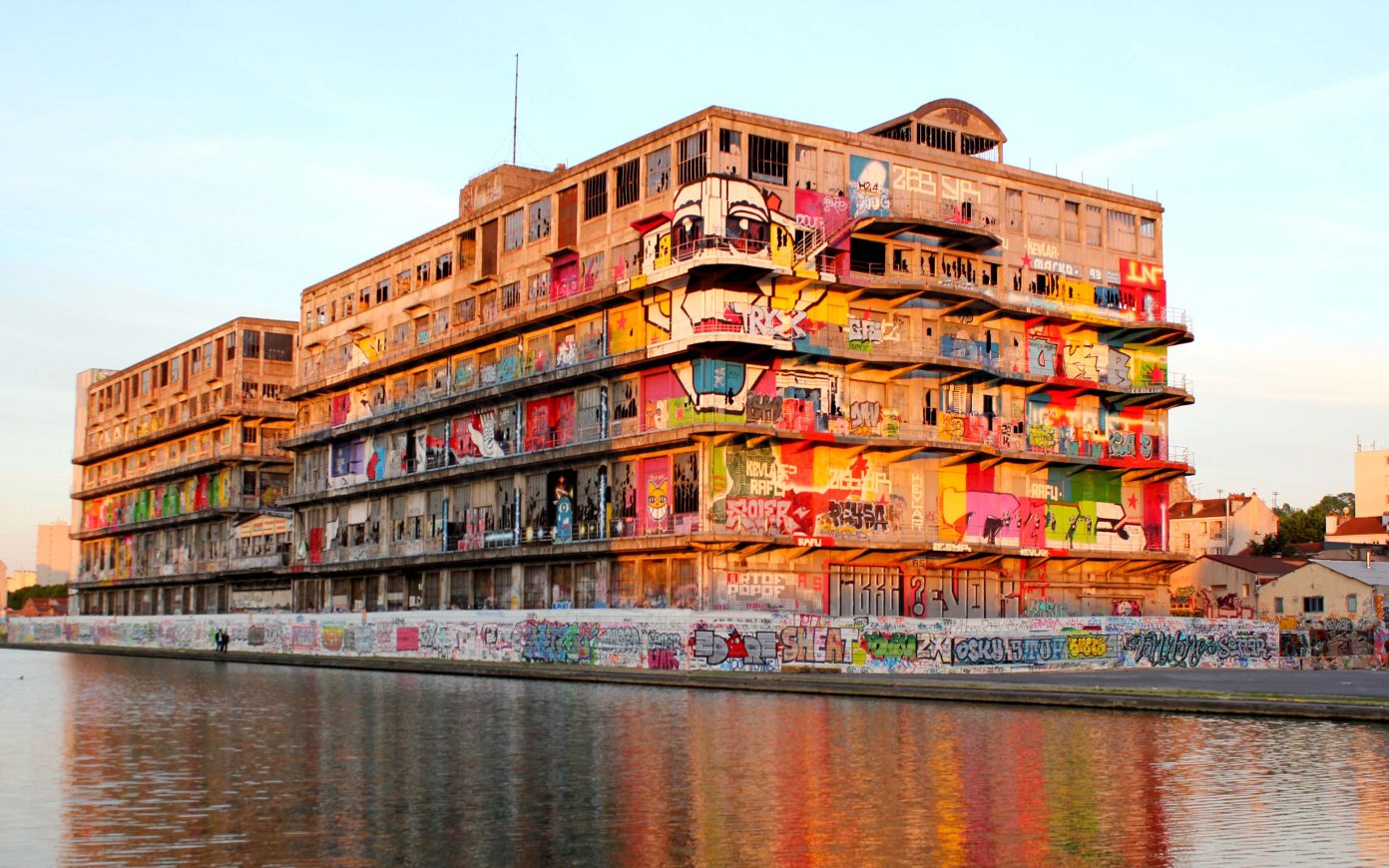Patricia Lejoux is a researcher in urban planning. She developed an interest in new working arrangements and their impacts on mobilities and territories and has recently published a paper on coworking in the Auvergne-Rhône-Alpes region (funded by the French National Agency for Research)—Coworkworlds : Durabilités et spatialités des pratiques de mobilité des coworkers – 2018-2021 [Coworkwolds: Sustainabilities and Spatialities of the Mobility Practices of Coworkers]. It exposes, among other things, that there is no meaningful distinction between “city coworking” and “country coworking.”
Evaluating the number of coworking spaces in France is difficult due to the lack of a clear definition, with a blurred boundary between “third places” and workplaces within larger programs such as hotels or train stations. How have you defined these places in your research and what spatial observations have you drawn?
There is indeed some fuzziness in how coworking spaces are defined, even in academic circles. In our study, we established the three following criteria. First, the facilities are fully geared towards a new working arrangement, with the presence of a kitchenette or a lounge for instance. Second, these are first and foremost places dedicated to work, equipped for that purpose and complete with printers, desks, meeting rooms, and broadband internet service. This allows us to differentiate coworking spaces from “third places,” which may have other functions beyond work. The last criterion concerns the collective dimension of coworking spaces, given that users patronizing these places are driven by a desire for interaction, sharing and collaboration. Here again, this criterion allows us to clarify their features and to differentiate them from workspaces for rent including serviced offices or business incubators.
Based on these criteria, we counted 126 coworking spaces in the Auvergne-Rhône-Alpes region in 2019, just prior to the pandemic. The health crisis caused some of them to close, while others have opened since then, which lead us to update the total to 168 in 2021, using the same definition. We noticed that there are two kinds of key site locations—metropolitan centers and small cities or market towns that polarize rural spaces. In contrast to peri-urban areas and mid-sized cities, there is an over-representation of coworking spaces with respect to the distribution of the labor force.
You reveal that the typology of coworking spaces isn’t correlated with their geographical location, contrary to what might be assumed.
Indeed, we have revealed four types of coworking spaces. What we refer to as “business coworking” primarily refers to a business activity communicating on access to network connections. This covers chains of coworking spaces as well as spaces specializing in certain industries such as the media or the web. This typology matches the traditional image of coworking, especially in Île-de-France, but these sites only make up a rather minor share in our studied area.
“Opportunity coworking” corresponds to a side business for a company that undertakes to make the best use of premises that are too large, for instance. Though these kinds of coworking spaces bear the mark of a specific industry, the aim is also to mix with other lines of business, more out of open-mindedness than to create new collaborations.
As for “fellowship coworking,” it is motivated by a desire for socializing. These are typically small spaces created by young independent workers who wanted to break out of their isolation and to maintain relations with fellow workers.
The last type, which we call “foothhold coworking” is often the starting point for a new career or personal project, more meaningful and useful for the community. They are managed by individuals who are seeking to develop a community that goes beyond the economic dimension of coworking and aims to expand over the local area. This ambition translates into outreach activities or the reversibility of use of the premises, transforming the coworking space into a cinema in the evenings or into a public facility out of season (when it is located in a tourist destination).
Though we thought we would primarily find anchor coworking forms in rural areas and business coworking in metropolitan centers, there is in fact no meaningful distinction between “city coworking” and “country coworking.” The typology of coworking spaces that we drew up based on the motivations of their founders does not actually overlap with a territorial typology. For example, anchor coworking can be found in rural areas as much as in mid-sized cities, in metropolitan centers. There is a possibility that this typology isn’t present in certain regions, and in particular in Île-de-France, where the “global metropolis” effect might increase the presence of the business coworking form and decrease that of “anchor coworking” forms.
In the Auvergne-Rhône-Alpes Region, we mostly observed small coworking spaces accommodating somewhere between 6 and 30 workers. Beyond that ratio, new spaces are open in order to avoid jeopardizing the collective dimension, which is part and parcel of the raison d’être of most coworking spaces. As a matter of fact, the scientific literature reports a loss of collective meaning in work and the emergence of an individualistic era starting in the 1980s). But coworking is contributing to a new way of creating social connections develop and its success in France is a direct result of the increased concerns around the meaning of work.
Have you identified any standard types of workers patronizing coworking spaces?
In his recent publication, Les épreuves de la vie [Life’s Challenges], Pierre Rosanvallon discusses the project of emancipation that surfaces in facing the ordeals of daily uncertainty, exploitation, or discrimination. Building a community is one of the tools of resistance, but it doesn’t form along the lines of socio-demographic or socio-economic characteristics. Instead, it forms around trajectories, shared experiences, and new aspirations. And this community of experience underlies the decision to engage in coworking. More than socio-demographic (age, etc.) or socio-economic characteristics (PCS occupational scale, income, etc.), coworkers share similar experiences that produce a shared relationship to work, to the place of residence, and to mobility.
We conducted a questionnaire-based survey of 377 coworkers and found that they have more varied profiles than we expected. The share of men (54%) is close to that of women (46%), though we were expecting to find a mostly male user base, thus differentiating coworking as a practice from remote work. The share of young adults, aged 26 to 35 (44%) is also roughly equivalent to that of individuals aged 36 to 55 (47%) as coworking spaces are often patronized by people who are changing careers or employees working for global corporations and not only by independent workers. Some earn a lot of money and others much less. The real common characteristic we identified between users is their educational attainment. 65% of them have completed at least 4 years of higher education. Coworking is therefore a practice that mainly concerns individuals with a very high level of cultural capital.
Another highlight is the fact that coworking spaces are generally patronized only for a short while, which results in a high turnover of users. Coworking reaches a rather mobile population that eventually changes their home as well as their career orientation.
You ponder mobility, which you consider both in its spatial and in its social dimensions. Tell us more.
Any arguments around the reduction of travel and CO2 emissions engage in a false debate. The challenges raised by coworking in terms of mobility don’t stem from a potential substitution between virtual mobility and physical mobility, especially given that coworking creates more travel than it eliminates, as most coworkers were actually previously working out of their home. The real question is to consider mobility in its social dimension as much as its spatial dimension, i.e., physical travel (daily commutes, long-distance corporate travel, as well as residential mobility) and movement in the social space (career change, changes in social status, etc.). This broad definition of mobility enabled us to characterize the lifestyles of coworkers, which we separated into three time scales:
On the scale of a day, coworkers are looking for proximity and social contact—they want to maintain a clear separation between personal life and work, avoid social isolation brought about by remote working, and root their lives in proximity (get around on foot or by bike, or drive cars over short distances).
On the scale of a year, coworkers are looking for a place that is accessible and well-serviced (close to a high-speed train station for instance) and can help them grow their business network and circle of friends.
On the scale of a life, finally, residential choices (both nomadic living and footings, though always driven by the search of a quality living environment) and the meaning of work are fundamental.
Has coworking been affected by the health crisis?
In 2021, we carried out a new investigation phase surveying the managers of coworking spaces in the Rhône-Alpes region in order to understand the impact of the health crisis on their establishments. Approximately 80% of respondents remained confident in the future of the industry. They gave two arguments—the changing perceptions of remote work, particularly within companies, and the saturation of remote work from home, which, though it is indeed experienced positively over the course of two or three months, cannot be expected to become the standard work setting. Therefore, there is a fair chance that this practice will continue to grow.




